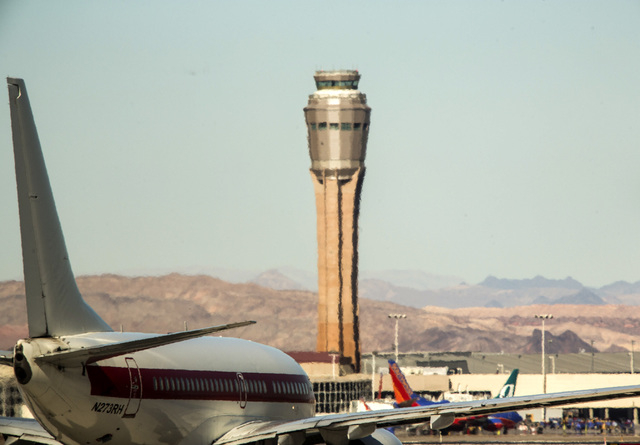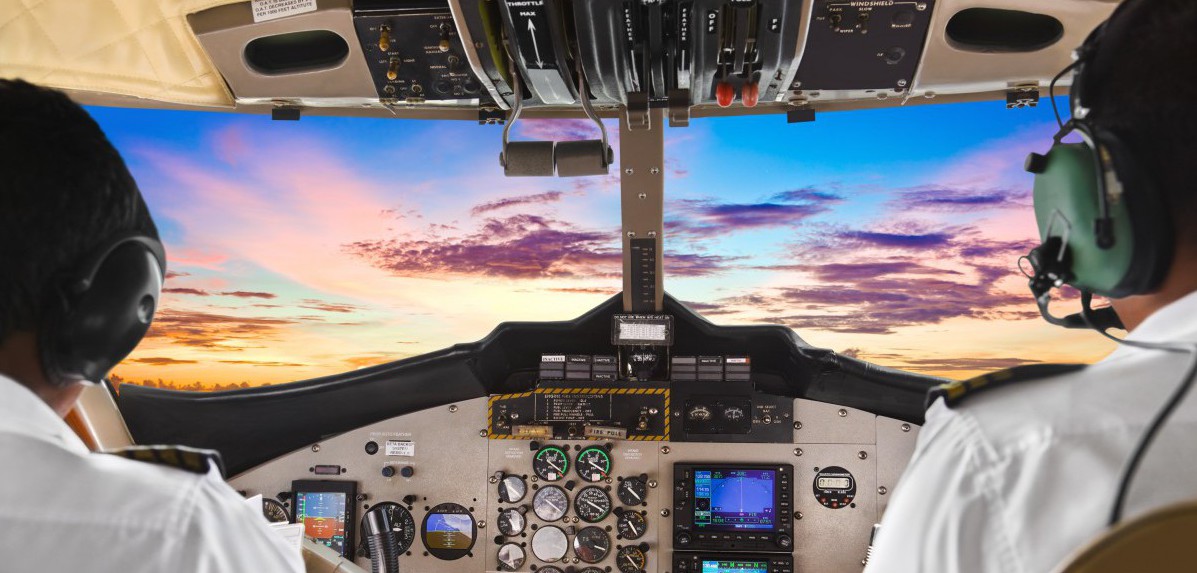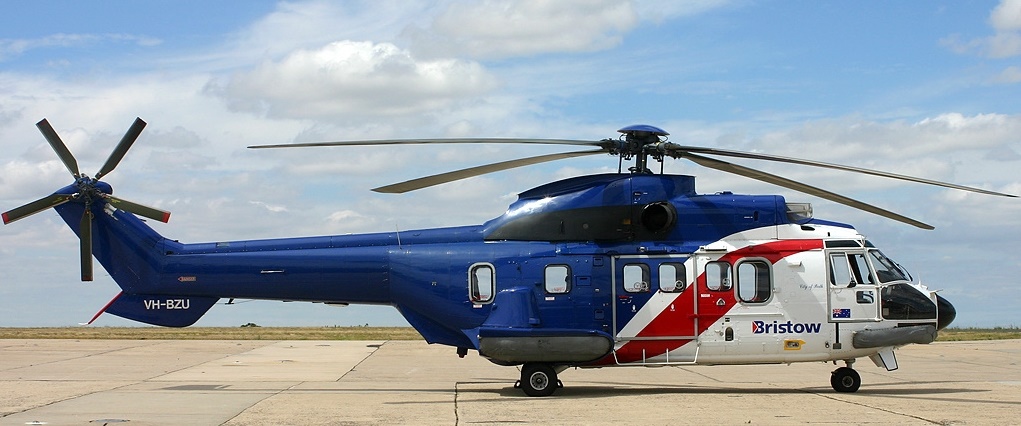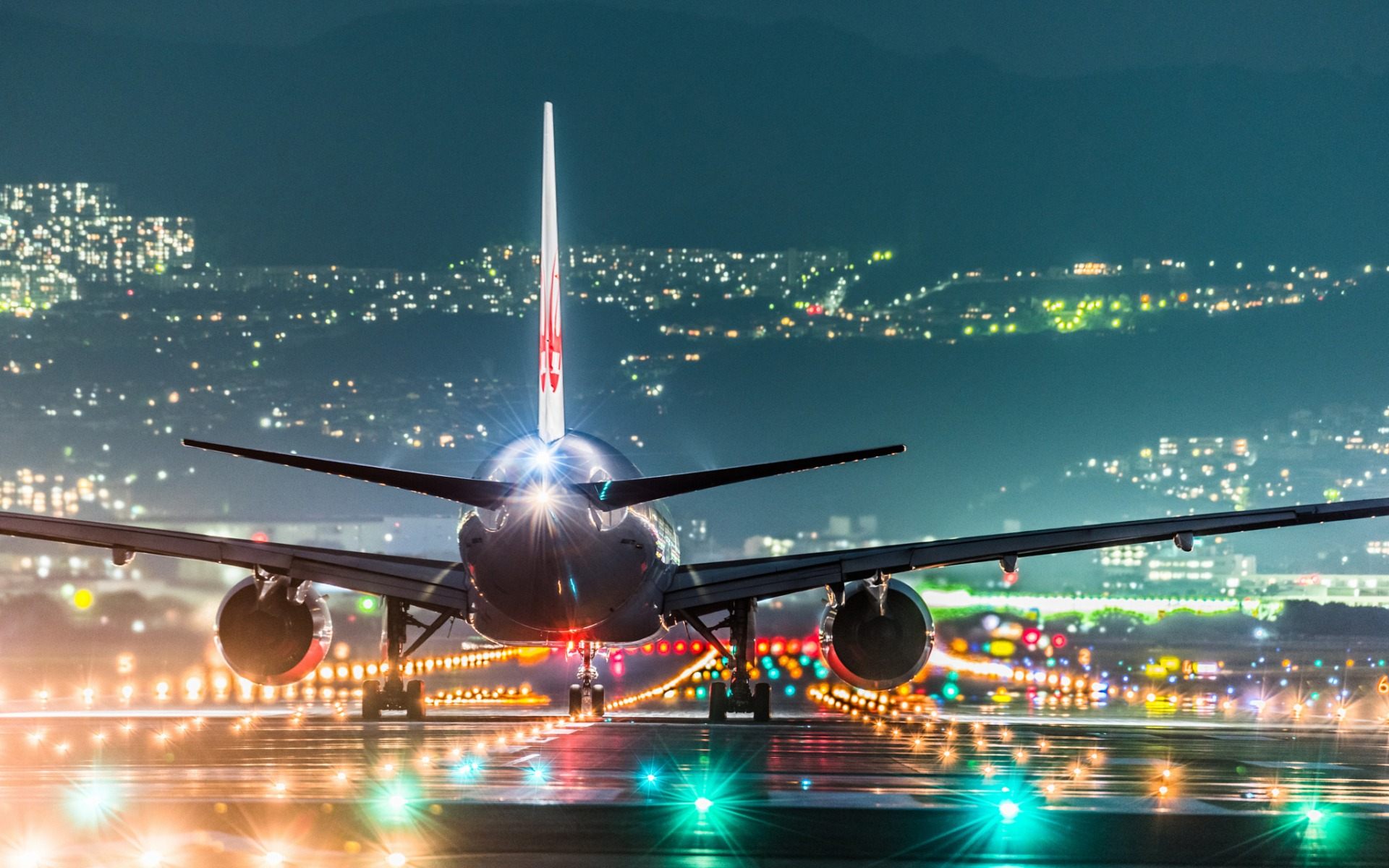FAA Dedicates New Las Vegas Air Traffic Control Facility
 FAA Dedicates New Las Vegas Air Traffic Control Facility – LAS VEGAS – Federal Aviation Administrator (FAA) Michael Huerta today joined federal and local officials to dedicate the new air traffic control facility at McCarran International Airport.
FAA Dedicates New Las Vegas Air Traffic Control Facility – LAS VEGAS – Federal Aviation Administrator (FAA) Michael Huerta today joined federal and local officials to dedicate the new air traffic control facility at McCarran International Airport.
The project includes a 352-foot tall air traffic control tower and a 59,000 square-foot base building, which houses the Terminal Radar Approach Control (TRACON), air traffic control training simulators, administrative offices, and equipment.
“This project fulfills our core mandate of providing the traveling public with the world-class air transportation system that they expect and deserve,” said U.S. Transportation Secretary Anthony Foxx. “It also provided a shot in the arm to the local economy by putting Nevadans to work in well-paying construction jobs.”
“It’s critical for us to reinvest in our infrastructure to ensure that we have the safest, most efficient, and most competitive air transportation system possible,” said Huerta. “This modernized tower and TRACON provides our controllers with vastly improved working environments that reflect the bustling airport and airspace that they serve.”
“McCarran International is one of the nation’s busiest airports, and I’m very grateful that the FAA has completed this state-of-the-art project that will serve worldwide travelers for decades to come. Controllers now enjoy greater visibility and access to their equipment, and the expanded TRACON is capable of handling far more positions than was possible before,” said Rosemary Vassiliadis, Director of Aviation for Clark County, Nevada. “We’re growing at McCarran, and the FAA has shown it’s committed to supporting that growth.”
A taller tower was needed to provide controllers with better airfield views, and the new tower is the second-tallest in the country. The old tower, which the FAA started using in 1983, was about 200 feet tall.
McCarran’s air traffic also has increased dramatically since the old facility was built, creating a need for more controller space in both the tower and TRACON. The airport served about 140,000 flights in 1983. Last year, it handled about 525,000 flights, making it the nation’s seventh-busiest commercial airport.
The new tower’s controller work area, known as the cab, is 850 square feet – more than 50 percent larger than the old facility.
The cab’s unique design consists of two levels. Ground controllers, who handle aircraft between the terminals and runways, are located on the lower deck, closer to the airport surface. Local controllers, who handle arriving and departing aircraft and aircraft on the runways, sit in the raised area, which enables them to better coordinate with one another by enabling more direct communication. Equipment is mounted on moveable arms, which allows each controller to adjust it to suit his or her needs.
The 2,100 square-foot TRACON is more than twice the size of the old one. It can accommodate up to 20 air traffic control positions – four more than in the old building.
The tower and TRACON both have state-of-the-art information displays that integrate systems displaying traffic, weather, and radar data into one workstation. Touch-screen technology allows controllers to move easily between the different screens.
The building features a white membrane roof to reflect heat away from the structure, paints and wood that emit low amounts of Volatile Organic Compounds, energy-efficient lighting, low-flow water fixtures, and low-water landscaping.
The control tower handles air traffic on the airport surface and in the airspace within a five-mile mile radius of McCarran, up to an altitude of 3,000 feet. The TRACON handles airborne aircraft within about a 35-mile radius of McCarran, up to 19,000 feet in altitude.
The total project cost – including the building construction, installation of air traffic control equipment, electronics, and electrical and mechanical systems – was about $111 million.
Source: Feature photo by Las Vegas Review-Journal
Date: October 18, 2016
Contact: Tammy Jones
Email: tammy.jones@faa.gov
Phone: (202) 267-3476
FAA.gov














